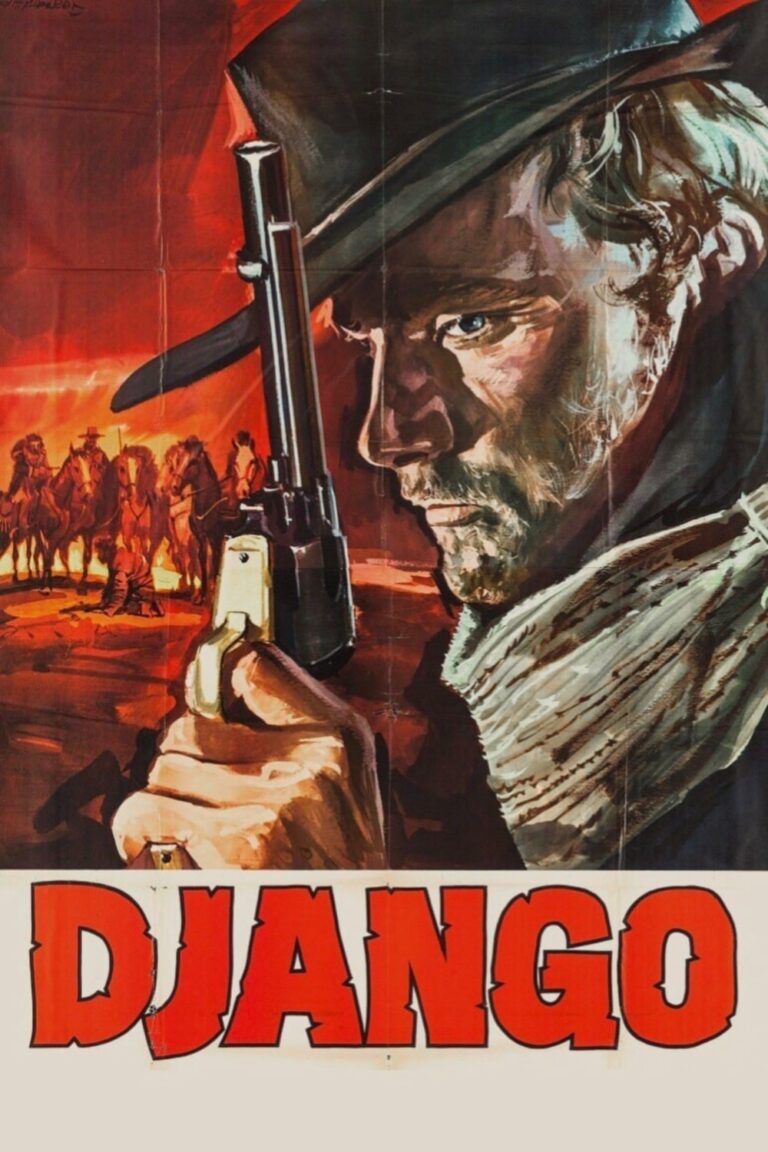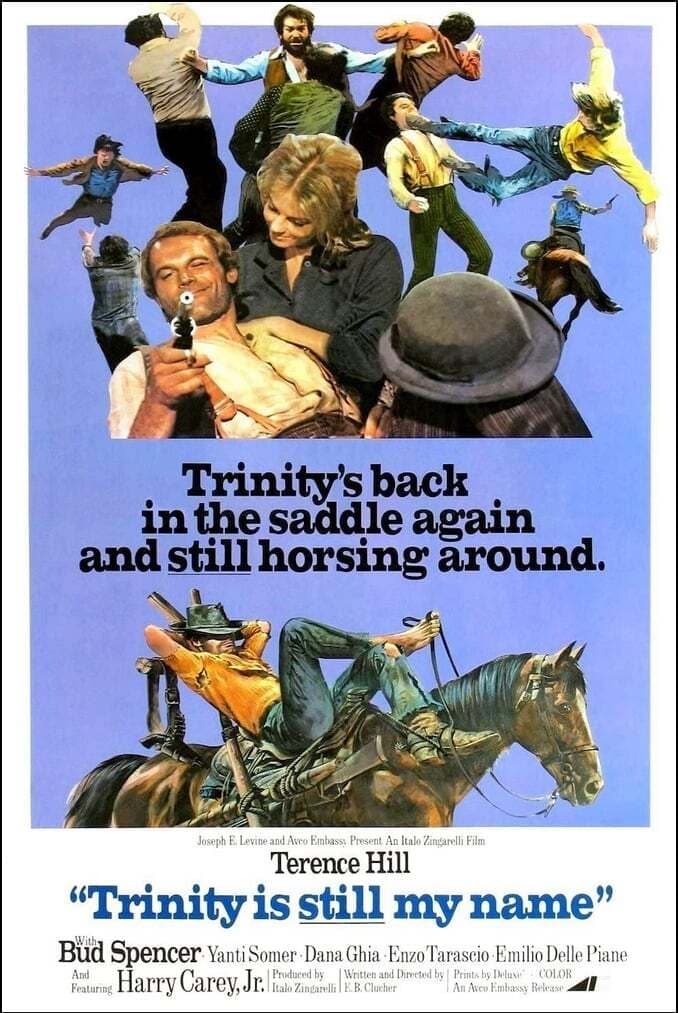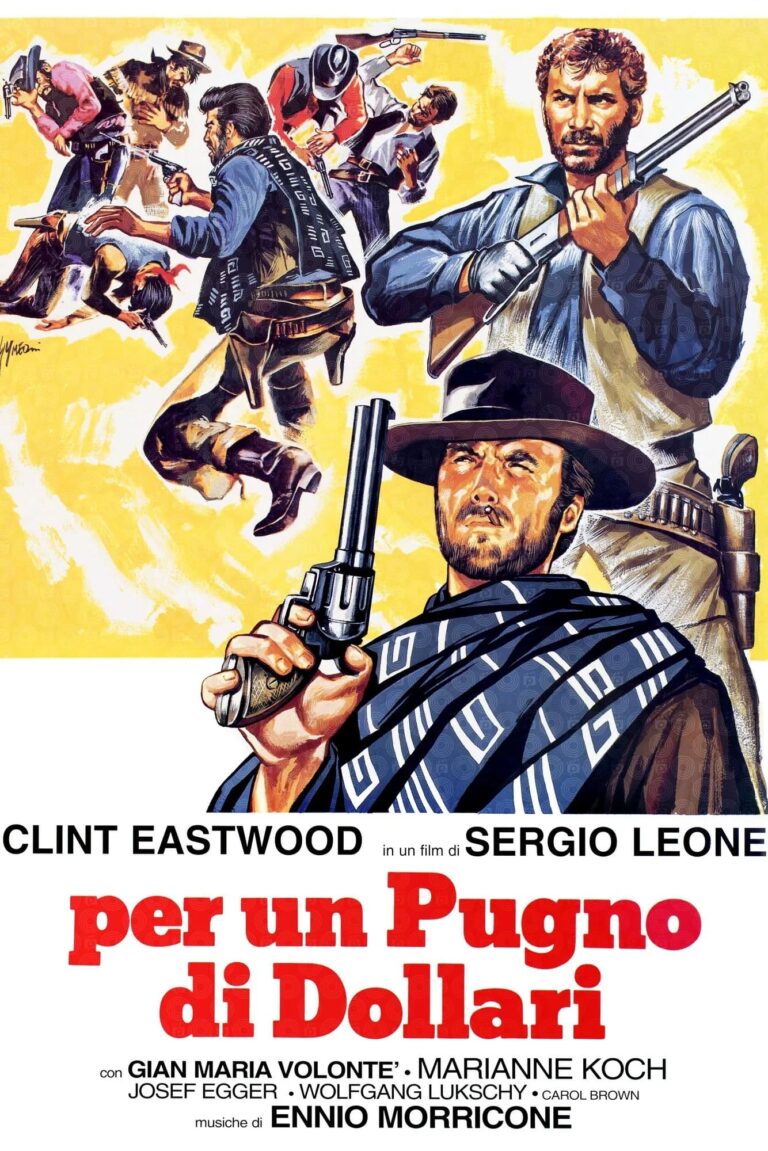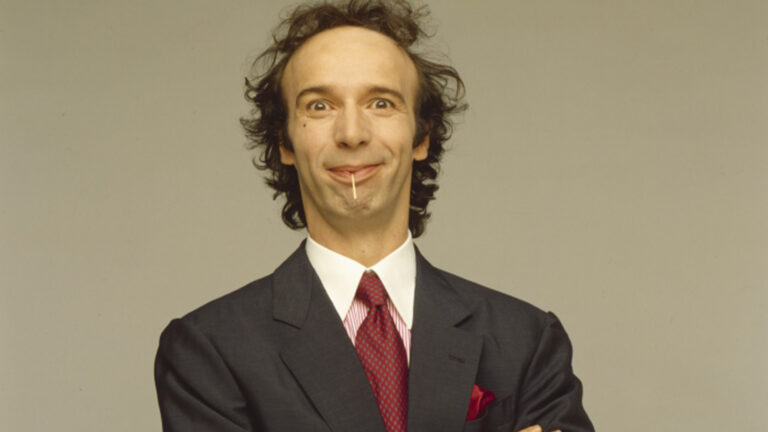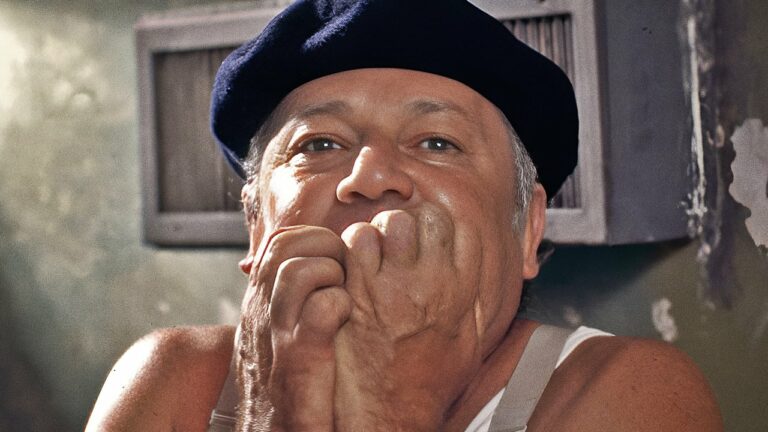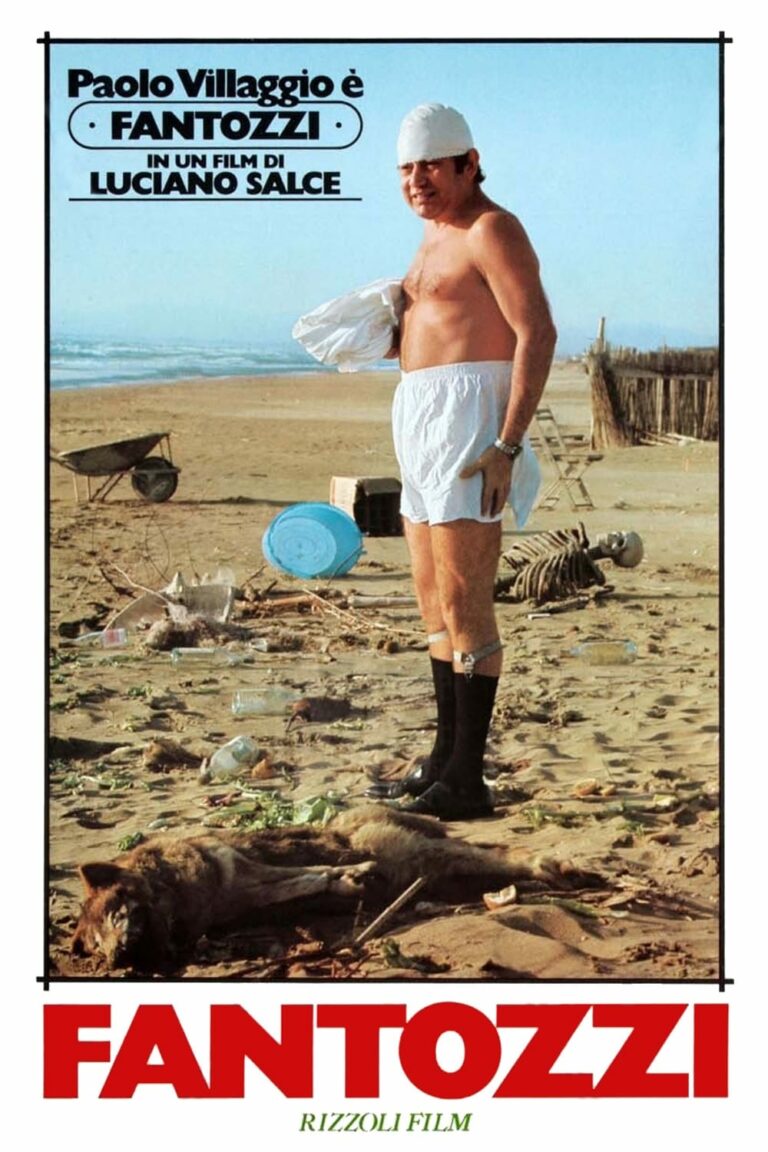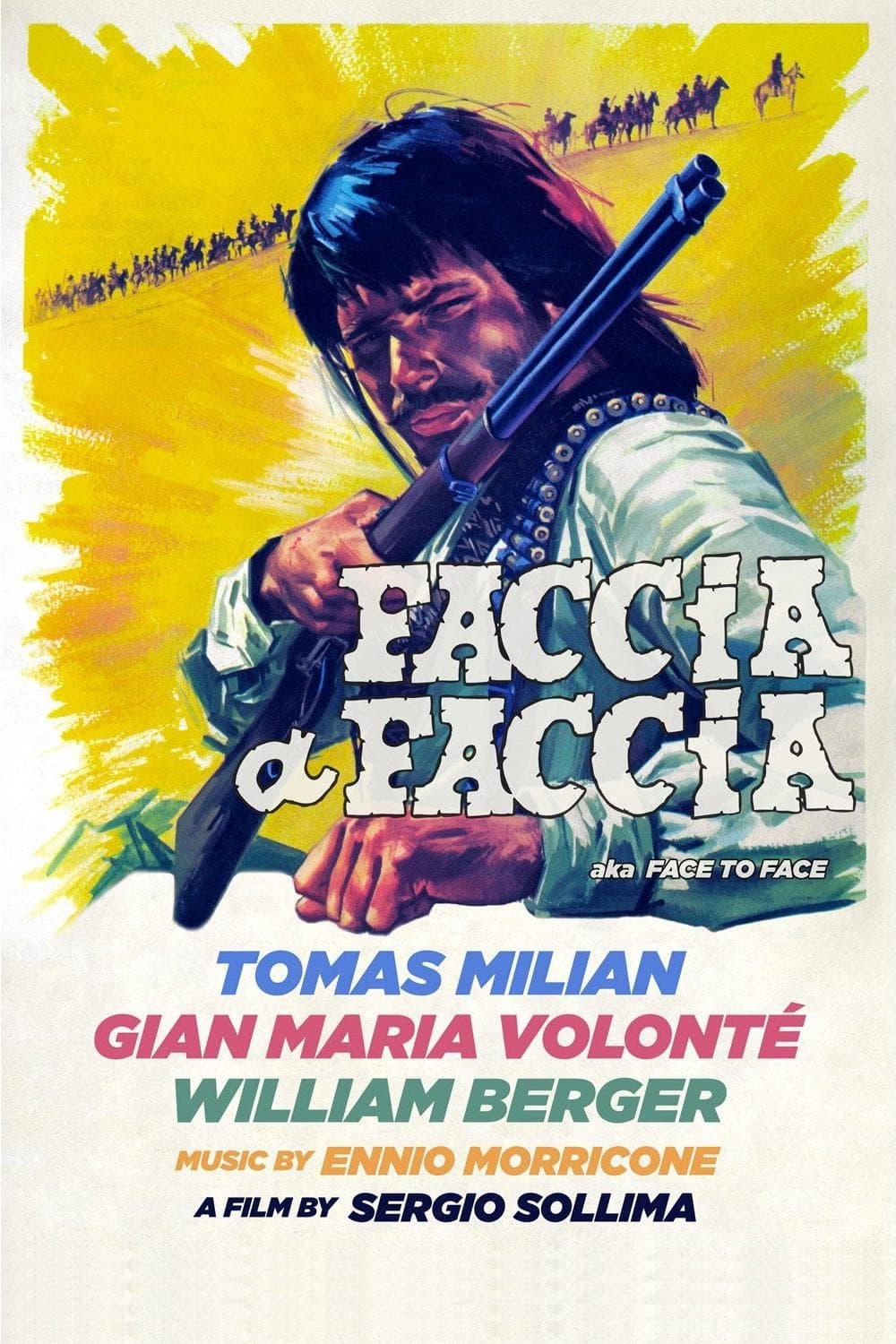
1. Introduction
Face to Face (Faccia a Faccia), directed by Sergio Sollima and released in 1967, is a masterpiece of the Spaghetti Western genre that delves deeply into themes of morality, transformation, and power. Unlike many Westerns that focus solely on action and spectacle, Face to Face brings psychological depth and political undertones, elevating it into a thought-provoking exploration of human nature and societal structures.
Starring Gian Maria Volonté, Tomas Milian, and William Berger, the film is not just a tale of cowboys and outlaws but a philosophical journey that examines how circumstances shape individuals and how power corrupts even the purest of souls.
2. Plot Overview
Setting the Stage
The film is set in the rugged frontier of the American West, a land marked by lawlessness and survivalism. The story begins with Professor Brad Fletcher (Gian Maria Volonté), a mild-mannered, sickly intellectual from Boston, who moves to the West for health reasons. Far removed from his academic world, Fletcher soon finds himself drawn into the violent and chaotic life of the outlaw Solomon “Beauregard” Bennett (Tomas Milian).
A Tale of Transformation
As Fletcher becomes entwined with Bennett’s gang, his initial timidity and pacifism are gradually eroded. Exposed to the harsh realities of the West, Fletcher transforms into a ruthless leader, driven by ambition and a newfound hunger for power. Conversely, Bennett, who starts as a hardened outlaw, begins to question his own violent ways, influenced by Fletcher’s former ideals and an emerging conscience.
Conflict and Climax
The shifting dynamic between Fletcher and Bennett creates a fascinating moral tension. Fletcher’s descent into tyranny clashes with Bennett’s quest for redemption, leading to a dramatic final showdown that underscores the duality of their characters. The title, Face to Face, aptly reflects their ideological and personal conflict, as they come to represent two sides of human nature.
3. Themes Explored in Face to Face
The Corruption of Power
The film offers a powerful commentary on how power corrupts and transforms individuals. Fletcher’s evolution from a timid intellectual to a power-hungry tyrant underscores the dangers of unchecked ambition and the seductive nature of authority.
Morality and Redemption
Through Bennett’s journey, Sollima examines the possibility of redemption and the internal struggle between violence and morality. Bennett’s character arc is a reversal of Fletcher’s, showing how even the most hardened individuals can change when confronted with introspection and humanity.
Civilization vs. Savagery
The film contrasts the perceived “civilized” world of academia and Boston with the raw, untamed landscape of the West. Fletcher, a product of civilization, becomes more savage than the outlaws, challenging the notion that civilization inherently breeds morality.
The Individual and Society
Sollima also explores the influence of societal structures on individuals. Fletcher’s descent is shaped by the lawlessness of the frontier, suggesting that human behavior is often a product of its environment.
4. Character Analysis
Professor Brad Fletcher (Gian Maria Volonté)
Fletcher is the film’s most complex character, embodying the tragic fall from innocence to corruption. Initially presented as a frail and idealistic intellectual, his exposure to violence and power reveals his latent authoritarian tendencies. Gian Maria Volonté delivers a nuanced performance, capturing both Fletcher’s vulnerability and his chilling transformation into a tyrant.
Solomon “Beauregard” Bennett (Tomas Milian)
Bennett is a charismatic outlaw whose rough exterior hides a contemplative and morally conflicted soul. As the film progresses, he becomes increasingly introspective, questioning the violence that has defined his life. Milian’s portrayal is equal parts rugged and tender, creating a character that resonates deeply with audiences.
Spero (William Berger)
Spero, a member of Bennett’s gang, represents the loyal but pragmatic outlaw. His role highlights the camaraderie and loyalty within the gang, as well as the moral complexities of the group’s actions.
5. Sergio Sollima’s Vision
Sergio Sollima, one of the most politically conscious directors of the Spaghetti Western genre, uses Face to Face to challenge the traditional tropes of the Western. While many Westerns glorify the hero’s journey or the lawlessness of the frontier, Sollima shifts the focus to moral ambiguity and the psychological evolution of his characters.
Sollima’s Marxist leanings are evident throughout the film, particularly in its critique of power dynamics and the corrupting influence of authority. By subverting the genre’s conventions, he crafts a Western that is as intellectually engaging as it is entertaining.
6. Cinematic Techniques
Cinematography
Cinematographer Rafael Pacheco uses sweeping landscapes and stark close-ups to emphasize the isolation and intensity of the characters’ journeys. The barren deserts and rugged terrain serve as metaphors for the characters’ internal struggles.
Music
Ennio Morricone’s score is hauntingly beautiful, blending melancholic melodies with moments of tension and action. The music enhances the film’s emotional depth, creating an atmosphere that lingers long after the credits roll.
Editing and Pacing
The film’s deliberate pacing allows for the gradual development of its central characters, giving weight to their transformations. Sollima uses editing to juxtapose moments of quiet reflection with sudden bursts of violence, keeping the audience engaged.
7. Reception and Legacy
Critical Reception
Upon its release, Face to Face received critical acclaim for its innovative approach to the Western genre. Critics praised its psychological depth, strong performances, and political undertones, hailing it as one of the most sophisticated Spaghetti Westerns of its time.
Awards and Recognition
While it did not achieve the commercial success of Sergio Leone’s Westerns, Face to Face has earned a devoted following over the years. It is now regarded as a classic of the genre, often cited as one of the finest Spaghetti Westerns ever made.
Influence on the Genre
Sollima’s film influenced later Westerns by demonstrating that the genre could tackle complex themes and character studies. Its focus on moral ambiguity and power dynamics set a precedent for more introspective Westerns in the decades to follow.
8. Symbolism in Face to Face
The Mirror Motif
The title, Face to Face, reflects the mirroring of Fletcher and Bennett’s journeys. Their transformations are inversely related, symbolizing the duality of human nature and the thin line between civility and savagery.
The Desert Landscape
The harsh, unforgiving landscape mirrors the internal struggles of the characters, serving as a metaphor for the moral and psychological challenges they face.
The Gun
The gun, a recurring symbol in Westerns, represents power and control in Face to Face. Fletcher’s growing comfort with wielding a gun parallels his descent into tyranny, while Bennett’s hesitation signals his quest for redemption.
9. Frequently Asked Questions (FAQs)
1. Is Face to Face a typical Spaghetti Western?
While it incorporates many of the genre’s hallmarks—showdowns, outlaws, and desert settings—Face to Face distinguishes itself with its focus on character psychology and moral complexity.
2. What makes Face to Face unique among Westerns?
The film’s exploration of power, morality, and transformation sets it apart. Its intellectual depth and political undertones make it more than just an action-packed Western.
3. How does Face to Face compare to Sergio Leone’s films?
While Leone’s Westerns often emphasize spectacle and mythic storytelling, Sollima’s Face to Face delves into personal and political themes, offering a more introspective take on the genre.
4. What is the significance of the title?
The title refers to the duality of Fletcher and Bennett’s characters, as well as their ideological and personal confrontations.
5. Where can I watch Face to Face today?
Face to Face is available on various streaming platforms and in restored editions on Blu-ray, often as part of collections celebrating the Spaghetti Western genre.
10. Conclusion
Face to Face is a landmark in the Spaghetti Western genre, blending action, philosophy, and political commentary to create a film that is both thrilling and thought-provoking. Sergio Sollima’s direction, combined with stellar performances by Gian Maria Volonté and Tomas Milian, ensures that the film remains a timeless exploration of power, morality, and transformation. For fans of Westerns and character-driven storytelling, Face to Face is an essential cinematic experience.
